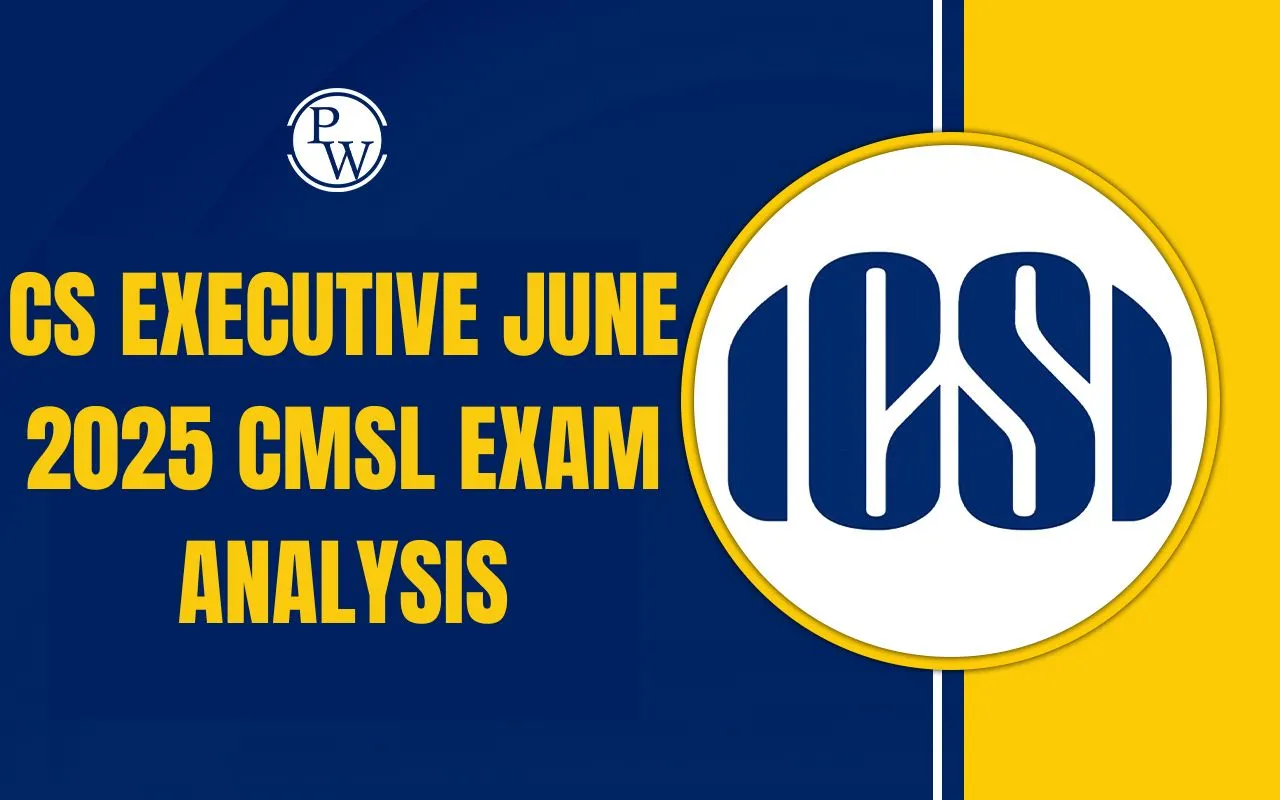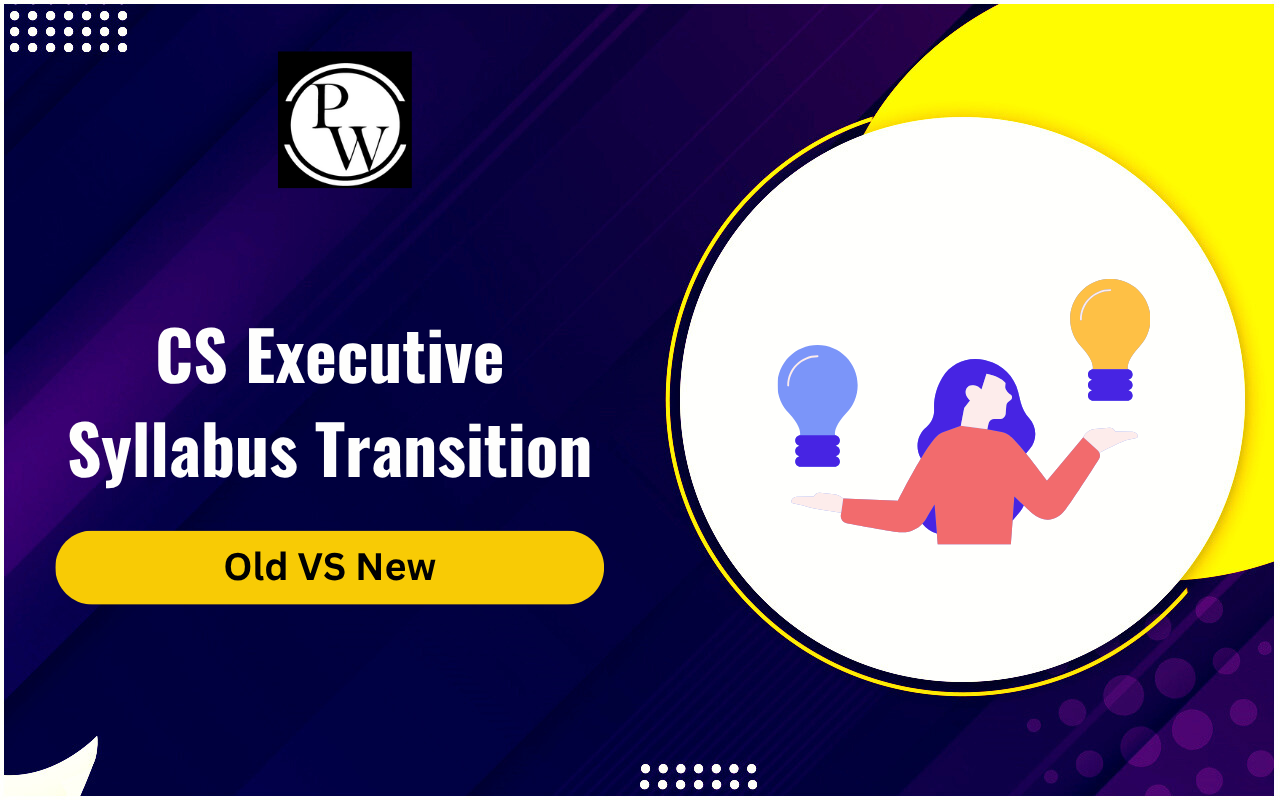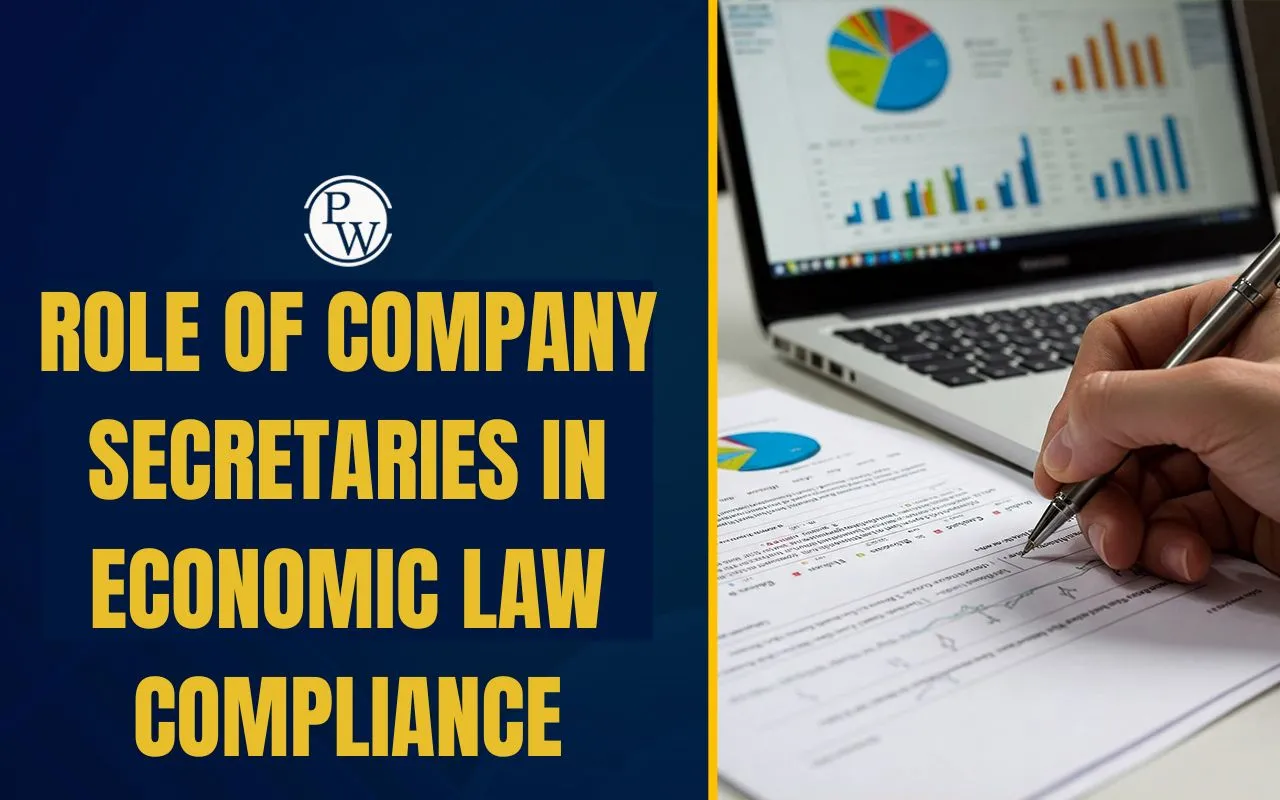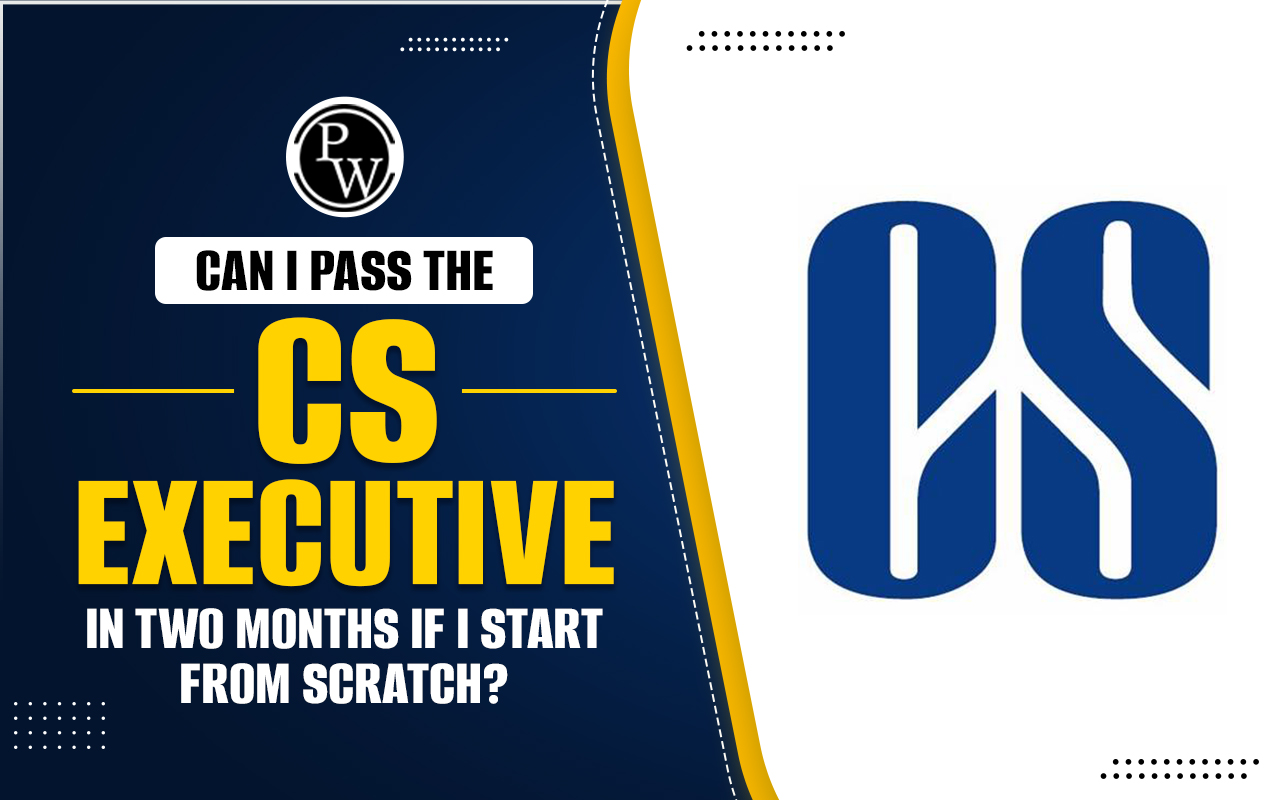
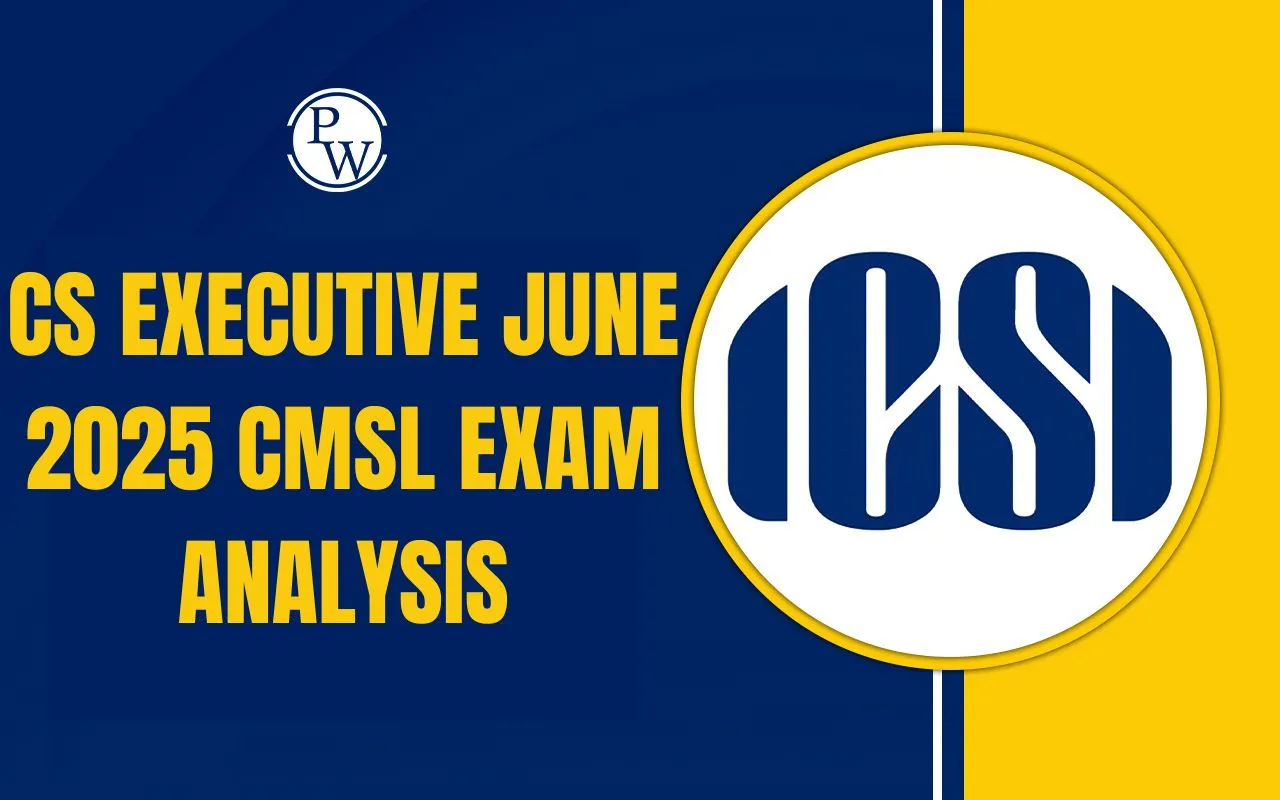
CS Executive June 2025 CMSL Exam Analysis reveals a paper that was largely moderate to easy, with strong emphasis on regulatory frameworks, compliance requirements, and practical financial concepts. Students who thoroughly prepared key topics found the exam manageable, while a few application-based questions tested deeper conceptual understanding. This CMSL Exam Analysis provides a section-wise breakdown, student feedback, and strategic insights for future aspirants.
CMSL Exam Analysis
The CMSL Exam Analysis indicates that the paper was well-balanced, with most questions being direct and syllabus-based. The difficulty ranged from easy to moderate, with no extremely tough questions.
Easy Questions (60-70%): Covered fundamental concepts such as Private Equity basics, SEBI's regulatory powers, and depository systems.
Moderate Questions (20-30%): Included application-based scenarios such as RBI monetary policy impact on stock markets and Holding Period Return (HPR) calculations.
Tricky/Out-of-the-Box (10%): A few questions tested interpretation skills, like the Achutan Committee's role in takeover regulations and IFSC eligibility criteria.
Students who attempted 70+ marks worth of questions accurately will likely secure strong scores. The CMSL Exam Analysis reaffirms that presentation and time management were crucial for maximising marks.
Also Check:
Students reported that although the paper was not very tough, lengthy numerical questions tested time management. Most students found the paper manageable if they had prepared thoroughly from the module.
CMSL Exam Analysis Students' Feedback
The CMSL Exam Analysis reflects student input, such as:
-
"Questions were mostly from the module, but some required deeper understanding."
-
"Private Equity and SEBI sections were straightforward, but the HPR calculation took extra time."
-
"IFSC and LODR compliance questions were scoring if revised properly."
Students who focused on high-weightage topics and practised numerical problems found the exam manageable.
| Financial Management Analysis | Company Law Exam Analysis | Tax Exam Analysis | SBIL Exam Analysis |
CS Executive Section-wise CMSL Exam Analysis
Breaking down the exam section-by-section helps identify high-yield topics and question patterns. This CMSL Exam Analysis categorises questions based on their complexity and frequency across different segments.
1. Private Equity and Alternative Investments (High Weightage)
This section dominated the paper, with direct and concept-based questions.
Definition of Private Equity: Easy, definition-based.
Types of Private Equity Investments: Venture capital, growth capital, buyouts (moderate).
Alternative Fundraising Methods: Bank loans, public issues, crowdfunding (direct).
Student Reaction: Many found this section scoring if they had revised the basics.
2. SEBI's Regulatory Powers and Compliance (Moderate Weightage)
Questions tested practical compliance knowledge.
Sections 11B & 11C (Investigation & Directions): Moderate, required understanding of SEBI's enforcement mechanisms.
Penalty Imposition Criteria: Factors like the gravity of the violation, investor harm (application-based).
Regulation of Intermediaries: Brokerage firms, mutual funds (direct).
Student Feedback: Those who revised SEBI's powers found this section manageable.
3. RBI Monetary Policy and Stock Market Impact (Application-Based)
This section requires a practical understanding of macroeconomic indicators.
Repo Rate, CRR, Inflation (WPI/CPI) Impact on Markets: Moderate, needed paragraph-style explanations.
Liquidity Adjustment Facility (LAF) Role: Direct if prepared.
Student Reaction: Some struggled with connecting policy changes to stock movements.
4. Depository System and Beneficial Ownership (Easy to Moderate)
Questions focused on rights and obligations.
Rights of Beneficial Owners: Voting, dividends (easy).
Depository Participants' Compliance: Audit requirements (moderate).
Student Feedback: Conceptual clarity helped in answering well.
5. IFSC (International Financial Services Centre) (Scoring Section)
Benefits of IFSC for Indian Economy: Easy, direct.
IPO Eligibility in IFSC: Minimum offer size, acquisition rules (moderate).
Student Reaction: Well-prepared students scored well here.
6. Insider Trading and Fair Disclosure (Moderate Difficulty)
Code vs. Principles of Fair Disclosure: Differences (application-based).
Prohibition of Insider Trading (PIT Regulations): Definition of fraud (direct).
Student Feedback: Needed careful reading to avoid confusion.
7. Holding Period Return (HPR) and Annualised Returns (Numerical-Based)
Formula-based calculations: Current price, NAV, dividends (moderate).
Annualized Return Concept: Needed step-wise solving.
Student Reaction: Time-consuming but scoring if practised.
Common Challenges in the CMSL Exam
Identifying problem areas helps future candidates avoid common pitfalls. This CMSL Exam Analysis compiles key difficulties faced by examinees during their attempt.
Time Management in Numerical Questions: HPR calculations took extra time.
Regulatory Nuances: SEBI's LODR compliance and IFSC rules needed clarity.
Case-Based Application: Achutan Committee's role in takeovers required a deeper understanding.
Preparation Tips for December 2025 CMSL Attempts
Based on this comprehensive CMSL Exam Analysis, candidates should adopt a structured approach to maximise their performance. The key lies in focusing on high-yield areas while developing strong conceptual clarity and application skills.
1. Focus on High-Weightage Areas
Prioritise the Private Equity, SEBI regulations, and IFSC norms, as these consistently carry significant marks. Equally important is thorough preparation of depository systems and compliance frameworks.
2. Practice Numerical and Case-Based Scenarios
Develop the ability to apply financial formulas to practical situations by regularly solving case studies from previous papers. Special attention should be given to Holding Period Return (HPR) and annualised return calculations.
3. Revise Regulatory Updates
Stay updated with recent amendments in SEBI's LODR, RBI monetary policies, and IFSC regulations. These contemporary topics frequently appear in examinations and can give you an edge over other candidates.
4. Improve Answer Presentation
Develop a clear and structured writing style that incorporates legal and financial terminology appropriately. Practice framing answers with proper headings, sub-headings, and relevant regulatory references to enhance readability and scoring potential.
CMSL Exam Analysis June 2025 concludes that the paper was student-friendly, with 70% easy questions. Those who revised key regulatory frameworks and financial concepts found it manageable. A few moderate questions acted as differentiators.
Consistent preparation, focus on ICSI study material, and mock tests are the keys to cracking CMSL.
This CMSL Exam Analysis confirms that structured preparation and conceptual clarity lead to success. Future aspirants should focus on core topics, avoid neglecting minor chapters, and practice answer writing for a high score.
Join PW CS Online Courses and build a strong foundation in corporate laws and governance with structured learning and dedicated support.
| Related Links | |
| CS Exam Pattern | CS Syllabus |
| CS Eligibility Criteria | CS Registration |
| CS Exam Date | CS Result |
CMSL Exam Analysis FAQs
Was the CMSL Exam 2025 difficult?
Which section had the highest weightage?
Were there any surprise questions?
How many questions should one attempt to score well?

